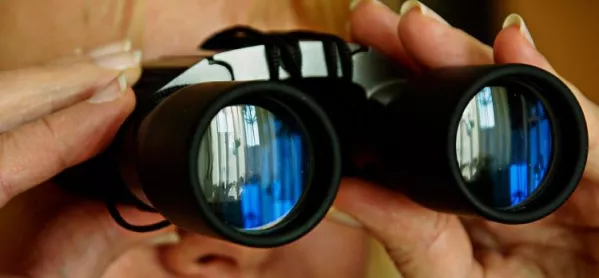Thousands of children aged under 15 were referred to Prevent - the government’s controversial anti-terror programme - in 2015-16, official figures show.
Today’s Home Office statistics reveal that 2,217 of referrals made from April 2015 to March 2016 to the Prevent programme were children under 15 - which is 28 per cent of all Prevent referrals.
Here are the six key findings about referrals made about children aged under 15:
1. The number of referrals for this age group rose sharply in six months
There were 1,448 referrals from October 2015 to March 2016, compared with 679 referrals between April 2015 and September 2015 - a 47 per cent rise between the first and second half of 2015-16.
It is understood that the introduction of the Prevent duty - a legal requirement placed on schools to prevent young people being drawn into terrorism - in July 2015 has triggered the jump.
Officials have said that the rise may also have been linked to the Paris attacks in November 2015.
2. Boys are much more likely to be referred
Three-quarters of the referrals of children under 15 were male (1,592) compared to a quarter of girls (532), the new figures show.
Today a Home Office official gave an example of a nine-year-old boy from London who stood up in class to declare his support for the Islamic State after watching execution videos online.
He came across the videos after searching the web for terrorist material following the Paris attacks.
3. Almost a third of referrals related to Islamist extremism are about under-15s
Thirty per cent of the individuals referred to Prevent for concerns related to Islamist extremism were aged under 15 - 1,504 out of a total of 4,997 referrals.
Meanwhile, a quarter of the individuals referred to Prevent for concerns related to right-wing extremism were aged under 15 - 186 out of a total of 759 referrals
4. London has the highest number of referrals in the country
Of the referrals of children under 15, the highest number - 443 in total - came from the capital in 2015-16, which was almost a quarter of all referrals in the age group.
The North East has the second highest number - 347 - whereas Wales has only 20 referrals.
But despite seeing fewer referrals than London, the North East has a higher proportion of cases discussed by a Channel panel - which decides if an intervention is necessary.
5. Only 5 per cent received specialist support through the Channel programme
Of the 2,127 referrals of children aged under 15, only 301 (14 per cent) were discussed at a panel.
Those who are referred to Prevent can have their case discussed at a panel - which includes police officers and representatives from the education sector, to decide if an intervention is necessary.
They can then be placed on a specialist programme known as Channel. Figures show that only 108 (5 per cent) were placed onto this scheme.
6. But many more children are getting to this stage than in previous years
There has been a 600 per cent rise in the number of children under 15 discussed at a Channel panel since 2012-13, from 43 cases, to 301 cases in 2015-16.
And there has been a 238 per cent rise in number of children under 15 receiving specialist support from Channel since 2012-13 - from 32 cases to 108 cases in 2015-16.
After Home Office officials said today that they would rather get cases referred - even if they do not turn out to require support - than have cases that are missed because of people being overcautious.
Want to keep up with the latest education news and opinion? Follow Tes on Twitter and Instagram, and like Tes on Facebook





